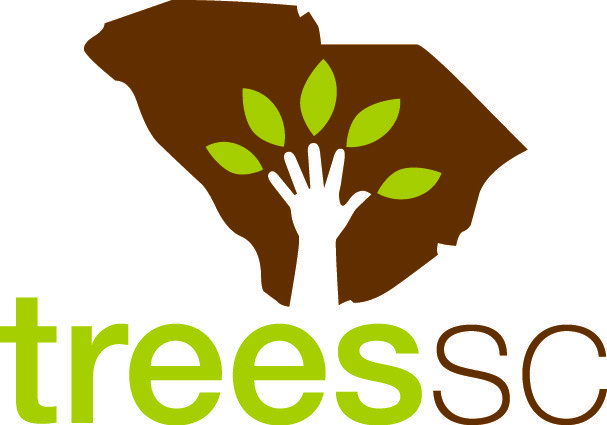Choosing the Right Tree
for the Right Place
Basswood/American linden
| Latin Name: Tilia americana | Texture: Medium course to course |
| Common Name(s): Basswood, American linden | Growth Rate: Moderately fast growing |
| Zones: 3 to 8 | Light: Full sun |
| Height & Width: 60-80’ tall x 20-40’ wide | Moisture: Moist, deep, well-drained |
| Type: Deciduous | Soil: Less acidic to basic 4.5 to 7.5 |
| Habit: Tall, pyramidal, upright | Origin: Native |
Features: Bark is charcoal gray and neatly lined and fissured. Young bark is thin. Leaves are 4” to 8” long and wide. Cordate. Oblique base. Acuminate tip. Serrated margins. Yellow fall color. Flowers are fragrant, pale yellow, hanging from 3” to 4” spatulate bracts. The flowers are also good for bees. Basswood has a very distinct fruit; it is an open cluster of hard nutlets borne on a stem which comes from the center of a narrow elliptical, life-like wing. Basswood has a very distinct fruit; it is an open cluster of hard nutlets borne on a stem which comes from the center of a narrow elliptical, life-like wing.
Site selection: Large canopy trees require sites with more than 200 square feet of total planting area and planting strips at least 7’ wide. Plant at least 6’ from pavement or a wall; 10’ or more is ideal. Basswood is a large shade tree underutilized in native landscapes and suitable for yards and parks. Reflection from concrete can often cause sunscald. ‘Redmond’ is a commercially available and long-proven variety suitable for street scape.
Installation & Care: Find the root flare. Root prune as needed. Structurally prune as needed. Remove all stakes, tags and ribbons. Plant at a depth so the root flare is visible. Water the root ball during installation. Apply hardwood mulch that is 2” away from the trunk, 2” to 3” deep, with a radius of at least 2’ wide. Mulch should never be piled high nor touch the trunk of a tree. Water newly planted trees as needed during the first two years after installation.
Pests: Basswood is relatively pest resistant if environmental conditions and preferences are met.
Other: Basswoods heart-shaped leaves and fragrant flowers in June make it especially attractive for people, while songbirds and blue jays are attracted to its seeds and use the tree for shelter.
References. 
Dirr, M.A and Keith S. Warren. 2019. The Tree Book. Timber Press. Portland, OR.
Dirr, M.A. 2011. Dirr’s Encyclopedia of Trees & Shrubs. Timber Press. Portland, OR.
The Morton Arboretum, https://mortonarb.org/plant-and-protect/trees-and-plants/american-basswood/
Photo Credit: USDA Forest Service & John Hangstrom

Recent Comments